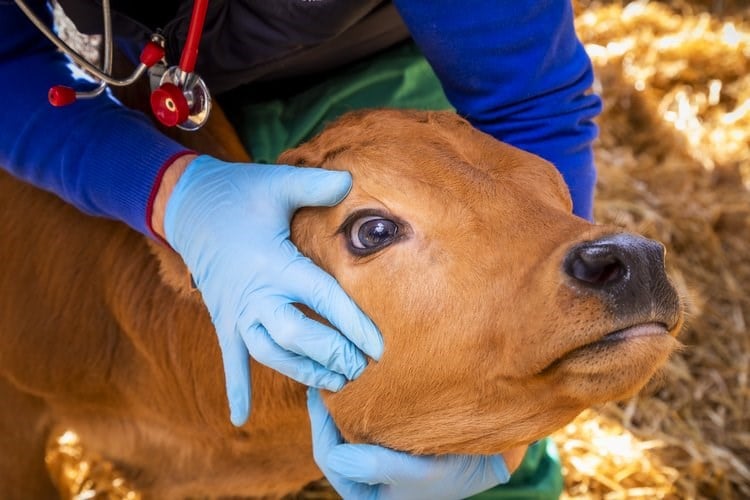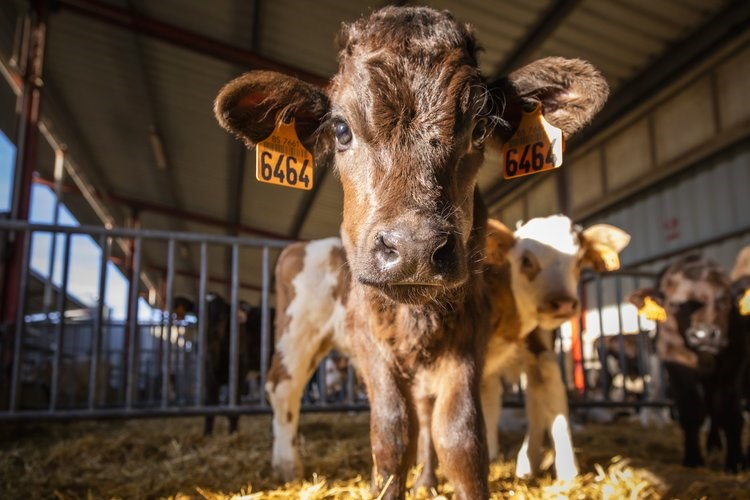Effect of immunized egg proteins on the performance and neonatal diarrhoea incidence in newborn calves
The aim of this study was to assess the effects of feeding immunized egg proteins (IEP) on the health and performance of newborn dairy calves. Sixty‐four Holstein calves, both male and female, were divided over two treatments. Calves either received IEP or a placebo (PCB) in their colostrum and calf milk replacer (CMR) for the first 14 days of their life. Until day 49, CMR was offered at 15% of birth weight (BW), at 10% on days 49–57 and at 5% on days 57–63. In addition, calves received starter concentrate, chopped straw and water from 3 days old until 70 days old at the end of study. Individual CMR and concentrate intake were measured daily whilst BW was recorded weekly. Visual faecal scoring and health observations were conducted daily. Faecal samples were collected weekly up to 4 weeks and during the first 4 days of scouring to screen for presence of Cryptosporidium parvum, rotavirus, coronavirus, E. coli and Salmonella. Results indicated that feeding IEP increased BW (p < .05) at 42 and 56 days old, and BW also tended (p = .06) to be higher after weaning at 63–70 days old compared to the PCB group. When analysed using a repeated measures model, compared to feeding PCB, feeding IEP increased total concentrate consumption (p = .001) by 3.6kg/calf. Over the entire study, daily water intake was higher (p = .002) for the IEP group when compared with the PCB group. In the IEP group, 12 calves were scored as scouring whereas there were 14 calves in the PCB group. There were no significant differences between treatments in faecal pathogen load of neither healthy nor scouring calves. In conclusion, supplementing IEP during the first 14 days of calf life improved the performance of newborn calves. Further work is warranted to understand the mode of action of IEP in calves.
by
S. J. A. van Kuijk
on 18/01/2021


